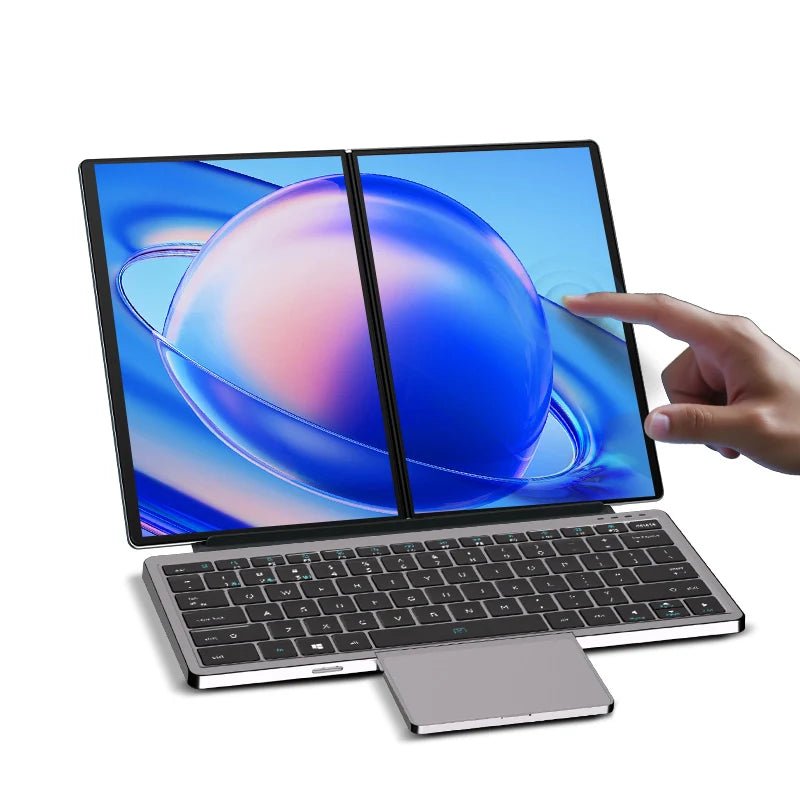Are you staring at your laptop in confusion as the battery light keeps blinking? You're not alone. This seemingly small issue can be a source of great frustration, especially when you're in the middle of important work or entertainment. But fear not! In this blog post, we will delve into the possible causes of this blinking light and provide you with practical solutions to get your laptop battery back on track.
1. Understanding the Blinking Battery Light
The battery light on your laptop is like a little messenger, sending you signals about the battery's status. When it blinks, it's trying to tell you something important. It could be a simple notification that the battery is charging, or it could be a warning sign of a more serious issue. Let's break down the potential causes into different categories to help you diagnose the problem more effectively.
2. Diagnosing the Problem
2.1 Battery - The Power Source
Battery Aging: Just like any other component, batteries have a limited lifespan. If your laptop has been with you for a few years, the battery might be nearing the end of its life. You might notice that it takes longer to charge or that the battery drains quickly. This is a classic sign of battery aging.
Battery Fault: Sometimes, the battery itself might have a manufacturing defect or may have been damaged. In such cases, the battery light will blink to alert you.
2.2 Charger - The Power Supplier
Charger Malfunction: A faulty charger can cause the battery light to blink. Check for any visible damage to the charger cable or the power adapter. If you have a spare charger, try using it to see if the blinking stops.
Connection Issues: Ensure that the charger is properly plugged into both the laptop and the power outlet. A loose connection can lead to an unstable power supply, causing the battery light to blink.
2.3 System - The Brain of Your Laptop
Software Conflicts: Outdated or incompatible software can interfere with the battery's performance. This includes the operating system, drivers, and other software installed on your laptop.
Hardware Compatibility: Sometimes, hardware components may not work well together, causing the battery light to blink. This can happen after you've upgraded a component or installed a new piece of hardware.
2.4 Environment - The Surrounding Conditions
Temperature Extremes: Operating your laptop in very hot or cold environments can affect the battery. High temperatures can cause the battery to overheat, while low temperatures can reduce its efficiency. Both situations can lead to the battery light blinking. 3. Practical Solutions to Fix the Blinking Battery Light
3. Practical Solutions to Fix the Blinking Battery Light
3.1 Battery - Check and Replace
Check Battery Health: Most modern laptops have built - in tools to monitor battery health. For Windows users, you can use the Command Prompt to get a detailed report. For Mac users, the System Information app provides battery health details. If the battery health is poor, it's time to consider a replacement.
Replace the Battery: If you've confirmed that the battery is the issue, invest in a high - quality, compatible battery. Make sure to follow the manufacturer's guidelines for installation.
3.2 Charger - Inspect and Test
Inspect the Charger: Look for any signs of damage, such as frayed cables or a loose connector. If you find any issues, replace the charger immediately.
Test with Another Charger: If you have access to another charger, use it to see if the blinking stops. This will help you determine if the original charger is faulty.
3.3 System - Update and Optimize
Update Your Operating System: Regular OS updates often include bug fixes and performance improvements that can resolve battery - related issues. Make sure your laptop is running the latest version of the operating system.
Update Drivers: Outdated drivers can cause compatibility issues. Visit the manufacturer's website to download and install the latest drivers for your laptop's hardware.
Run System Diagnostics: Many laptops come with built - in diagnostic tools that can help identify hardware or software issues. Run these tools to get a comprehensive report on your laptop's health.
3.4 Environment - Adjust and Protect
Maintain Proper Temperature: Keep your laptop in a well - ventilated area and avoid using it in extreme temperatures. If your laptop tends to overheat, consider using a cooling pad to improve airflow.
Protect from Dust and Debris: Dust buildup can affect the performance of your laptop's components, including the battery. Regularly clean the laptop's vents and the charging port to ensure proper airflow and connection. 4. Preventive Measures to Avoid Future Battery Issues
4. Preventive Measures to Avoid Future Battery Issues
Calibrate Your Battery: Periodically calibrate your laptop's battery to ensure accurate readings. This involves fully charging the battery, using it until it's completely drained, and then charging it again.
Avoid Overcharging: Unplug your laptop once the battery is fully charged to prevent overcharging, which can shorten the battery's lifespan.
Keep the Charging Port Clean: Dust and debris in the charging port can cause connection issues. Use a soft brush or compressed air to clean the port regularly.
5. Conclusion
A blinking laptop battery light doesn't have to be a mystery. By following the steps outlined in this guide, you can diagnose the problem and take appropriate action to resolve it. Remember, regular maintenance and care can go a long way in preventing future battery issues. If the problem persists despite your efforts, it's always a good idea to seek professional help to avoid causing further damage to your laptop.

